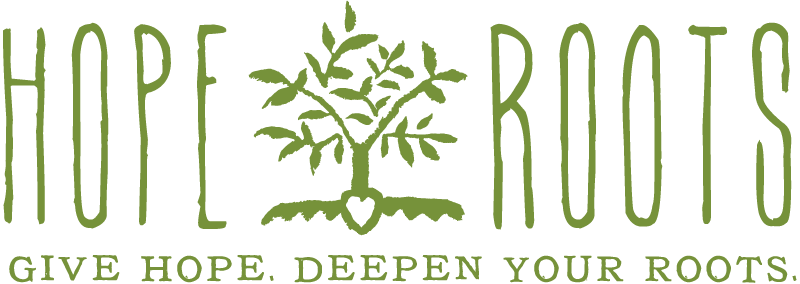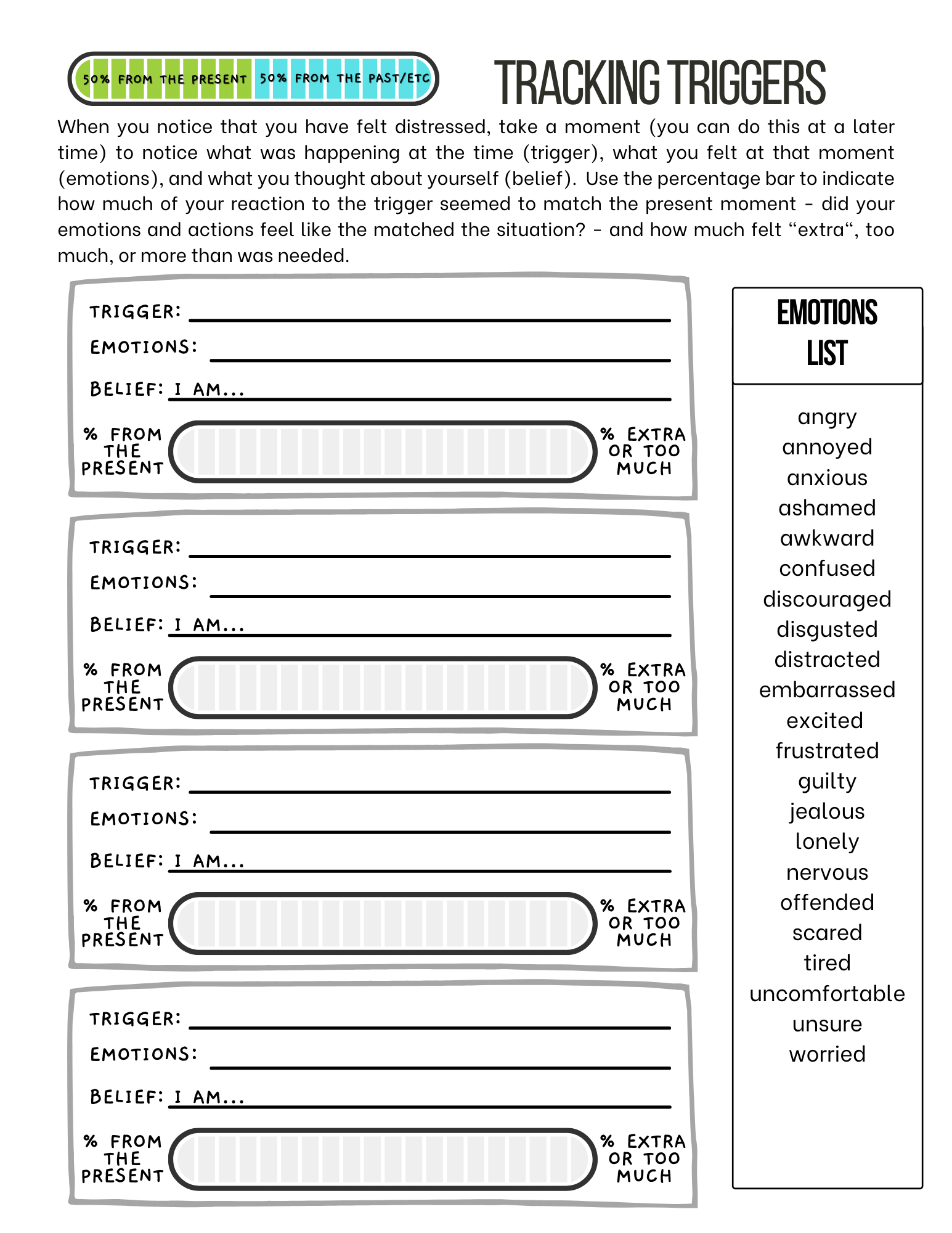The worksheet below is a resource that we use to help clients notice and track the triggers they have throughout the week. Tracking what triggers your distress can help you understand patterns and possible links to past trauma or stress in your nervous system. This worksheet is especially helpful for those beginning EMDR therapy because it allows you to practice noticing how your thoughts, behaviors, emotions, and body sensations connect in your memory network. An EMDR therapist can help you take these triggers and create a treatment plan to target the memories causing your symptoms. For example, if you notice that you often have anxiety in the grocery store you would write “grocery store” or “shopping” on the Trigger line, then “anxiety”, “fear”, or “nervousness” on the Emotions line, then maybe write a thought that you notice when you think about that trigger and feeling - “I am unsafe” - on the Belief line, and finally when you think about the anxiety that you felt at the store notice how much of that emotion felt like it matched the present moment. If you notice that being in the grocery store was not unsafe and nothing happened in the present that would indicate that you were unsafe in the grocery store, then you might color in only a small sliver of the status bar to show that only a tiny percent of your anxiety seemed to match that situation and the larger percentage of your reaction seemed to be coming from somewhere else (most likely a moment in the past). In your EMDR therapy session, your therapist can help you trace that trigger to a memory in the past (maybe a time when you truly were unsafe in a similar setting or lost in a store as a child). There may be multiple memories related to a trigger in the present. When the memories connected to that anxiety are reprocessed with EMDR therapy, you will notice that your emotions will begin to match the present and you no longer feel anxiety in grocery stores.

